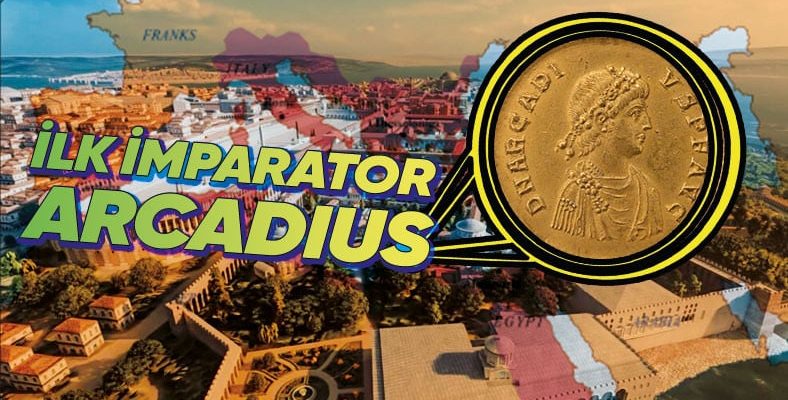After the collapse of the Great Roman Empire, the eastern part of the empire was divided into two and became known as the Byzantine Empire. While the West soon collapsed, Byzantium survived for more than a thousand years, but gradually lost power and was eventually destroyed by the Ottoman army under the command of Sultan Mehmet the Conqueror.
After the Roman Empire, one of the largest empires in history, collapsed, the country was divided into two: the Western Roman Empire and the Eastern Roman Empire. While the West’s lifespan was quite short, the East’s The Byzantine Empire managed to survive for more than a thousand years. Of course, it is the fate of every empire, and eventually the Byzantine Empire disappeared into the dusty pages of history.
The Byzantine Empire It means something different to us Turks because they became our number one enemy from the moment we entered Anatolian lands. The last of the countless wars took place in front of the walls of Constantinople. The Turkish army, which besieged the city during the reign of Sultan Mehmet the Conqueror, achieved victory and the Byzantine Empire collapsed. Constantinople became the capital of the Ottoman Empire, taking the name Istanbul.
Let’s start from the basics; When and how was the Byzantine Empire founded?
The Roman Empire, founded in 27 BC, was divided into east and west as a result of numerous events. In 395 AD Officially, the Western Roman Empire and the Eastern Roman Empire, that is, the Byzantine Empire, were established. We have previously told the story of the founding and collapse of the Western Roman Empire in our content here:
RELATED NEWS
The Story of the Fall of the Western Roman Empire, which Did Not Last Even a Hundred Years Although It Controlled a Large Part of Europe
The founding process of the Byzantine Empire was actually initiated by Constantine the Great in the early years of the 4th century. Byzantium, The city of Istanbul, as it is known today, It was developed as Nova Roma, or ‘New Rome’, and became the center of the empire. After the empire was divided into east and west, this city naturally became the capital of the east.
Arcadius, son of Theodosius I, became the first emperor of the Byzantine Empire. of the Western Roman Empire After its destruction by the communities that came to the region with the Migration of Tribes absolute power became Byzantium. In fact, the names Byzantine and Eastern Roman were given later by historians. The people of the time called themselves Romans.
The Byzantine Empire took a harsh stance against non-Christians:
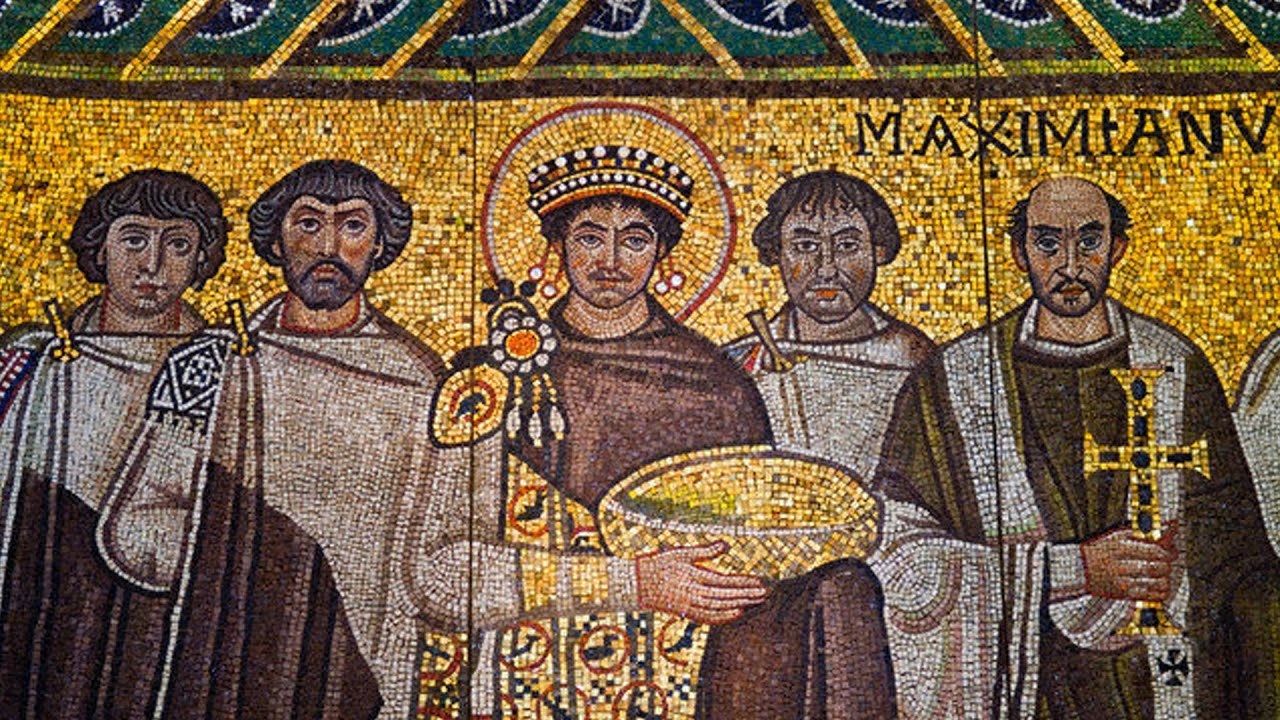
Interestingly, Hz. The Christianity religion that came with Jesus became a great enemy of the Roman Empire for many years. With Constantinople becoming the capital during the reign of Constantine I The Christian religion was made legal. Theodosius I made Christianity the official religion of the state and banned other religions. While a harsh attitude was adopted against non-Christians, some pagan rituals were also added to the religion.
These moves by the Byzantine Empire were efforts to move away from Ancient Rome. These efforts With Heraclius structuring the military and administrative system, It continued with the adoption of Greek culture instead of Roman culture and with Orthodox Christian traditions being brought to the fore.
As Islam spread, Byzantium suffered great losses:
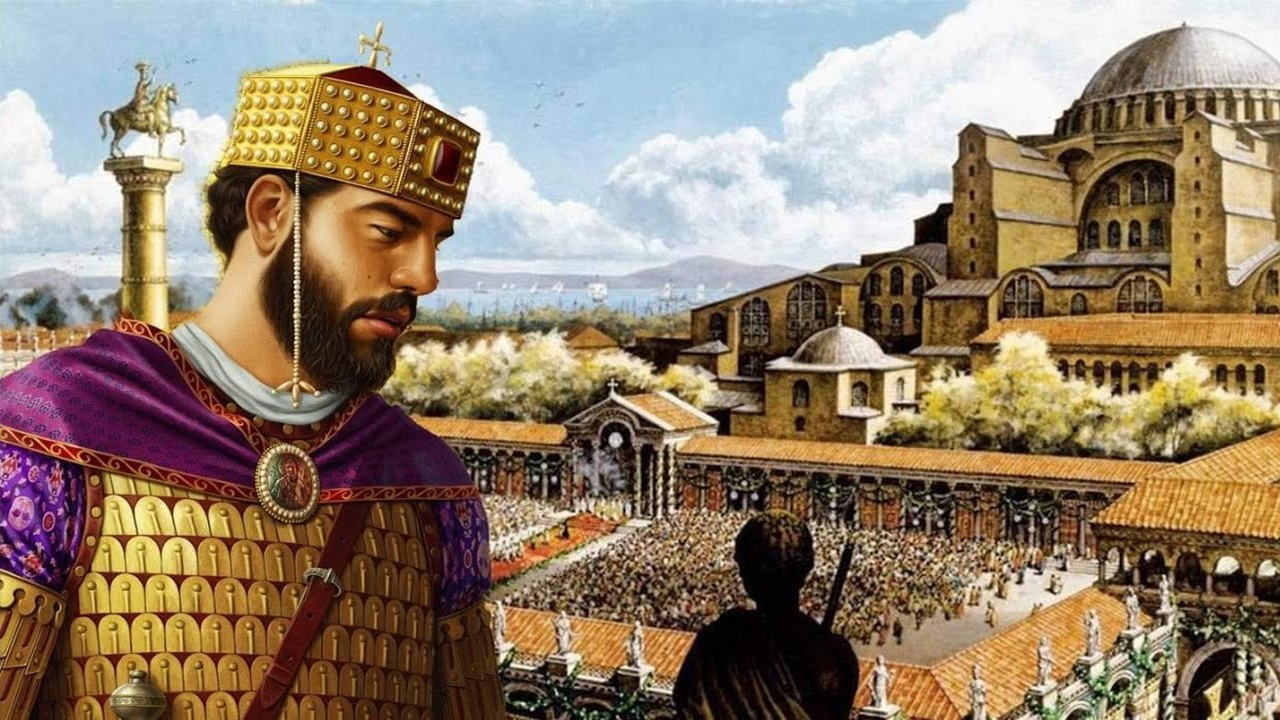
During the reign of Justinian I in the 6th century North Africa, Italy and the Western Mediterranean coasts It was included in the borders of the Byzantine Empire. During the reign of Maurice, the northern borders were strengthened, the eastern borders were expanded and the largest borders of the empire were reached. Just when they thought they would take over the whole world, Islamic states emerged.
The Byzantine Empire suffered the first major coup He took it in the war with the Sassanids between 602 and 628. In this process, the Byzantine Empire suffered great damage, especially in terms of resources, and in a short time lost Egypt and Syria, the richest regions of the empire.
Just when things were getting better, Turks started coming to Anatolia:
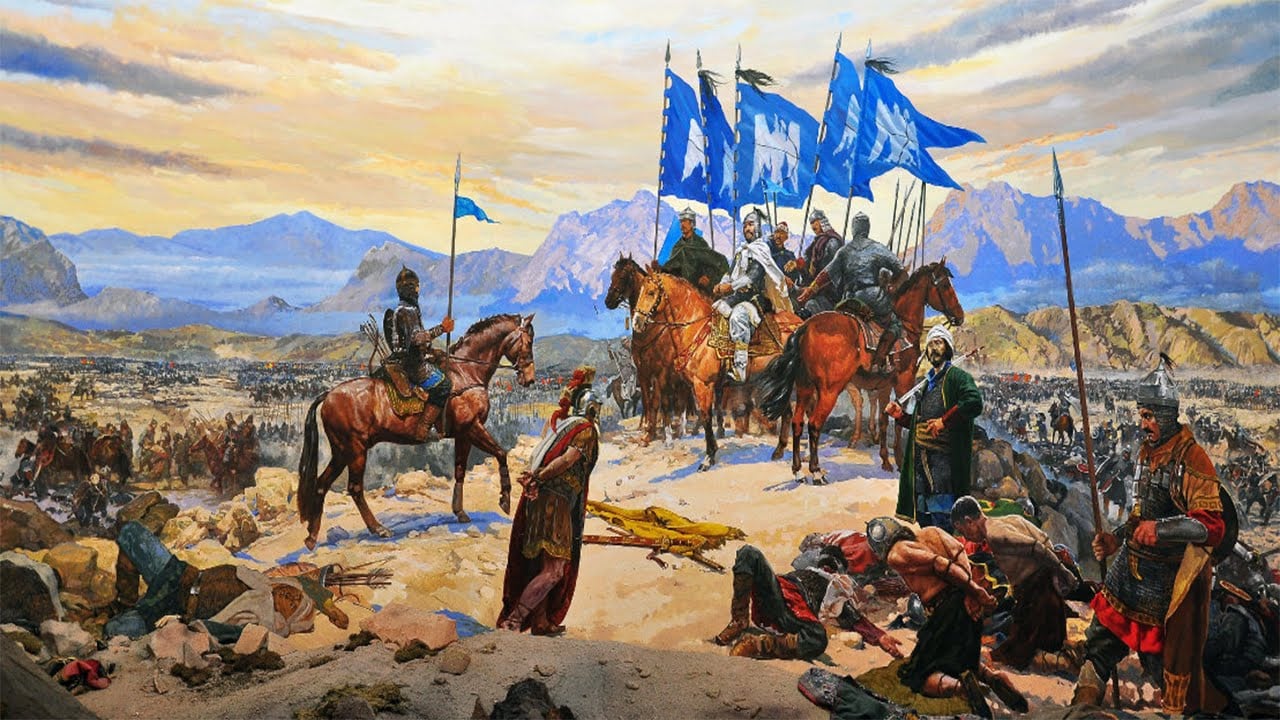
The Macedonian Dynasty sat on the throne of the Byzantine Empire in the 10th and 11th centuries. The borders expanded again and a period of prosperity began. Then the Battle of Manzikert took place in 1071 and as we all know, an unstoppable Turkish influx into Anatolia began. The first goal of the Muslim Turks, who acted with the understanding of gaza and jihad, was to capture Byzantine lands one by one.
Of course, the empire did not collapse immediately, but entered a period of recovery with the Komninos Restoration. Even The richest city in Europe in the 12th century was Constantinople. The Crusaders, who fought to spread so-called Christianity, organized the IV. During the Crusade, he did not forget to visit Constantinople and literally turned the city upside down.
Byzantium began to receive blow after blow:
After the Crusader plunder, the Byzantine Empire was shaken to its foundations. Empire of Nicaea, Despotate of Epirus, Empire of Trebizond It was divided into small states such as: These small states also suffered heavy losses. Turkish principalities, which were established in the 13th century after the Anatolian Seljuk State entered the process of disintegration, were constantly raiding Byzantium.
By the 14th century, the Byzantine Empire was enslaved by civil wars. Every day they beat each other and were establishing their own states in different parts of the empire. Meanwhile, the Ottoman Empire was expanding and taking over the Balkans. There was no escape now, what was coming was coming.
The so-called impenetrable walls are being breached, the Byzantine Empire is collapsing:
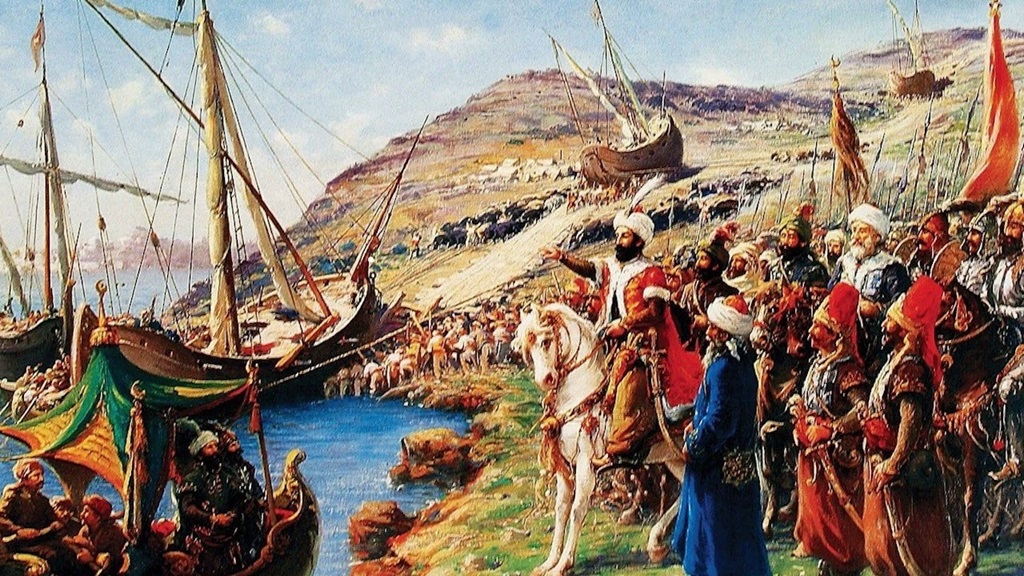
On April 2, 1453, under the command of Fatih Sultan Mehmet Turkish army of 80 thousand people It rested on the walls of Constantinople, the capital of the Byzantine Empire. After a two-month siege, Constantinople was conquered on May 29, 1453. The name of the city was changed to Istanbul and it was declared the capital of the Ottoman Empire, which would last for hundreds of years.
RELATED NEWS
How did the conquest of Istanbul, which opened and closed eras, take place? We Explained It in Its Unknown Aspects
Other small states under Byzantine influence were also conquered one by one:
In 1453, the Byzantine Empire, that is, the Eastern Roman Empire, but actually the Roman Empire as they defined themselves, officially came to an end. But the Ottoman Empire actually existed until the day it collapsed. he saw himself as the heir to the Roman Empire. Just as Constantine I made Christianity the religion of the state, Mehmet the Conqueror made the state Muslim.
Although the Byzantine Empire was officially destroyed after the conquest of Constantinople There were some small states left over from it. One of these, the Despotate of Morea, was conquered in 1460, the Empire of Trebizond in 1461, and the Principality of Theodoro in 1475.
What kind of country was the Byzantine Empire?
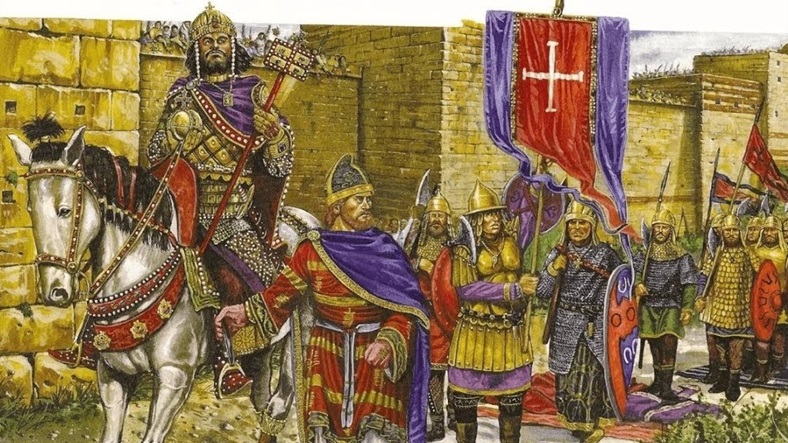
Even though we call it Byzantium and Eastern Rome, this country actually called itself Rome at that time. Because there was no such thing as the West anymore. The difference between Rome and Rome as we know it emerged with the change in religion and culture. Being the center of Orthodox Christianity was also the reason for their wealth.
While western Christian states were drowning in filth at that time Of course, it was not accepted that Byzantium in the east was so powerful. and the effects of this disorder were seen during the Crusades. Seeing themselves as Roman made them weak against the Islamic world. Because Turks and Arabs did not care about their power, on the contrary, they saw it as a reason for conquest.
Still, let’s not violate their rights, If Istanbul is this beautiful today, we owe it partly to the Byzantines. They have successfully preserved for us countless works built in ancient times for hundreds of years. Later, this relic was carefully kept by the Ottoman Empire and was handed down to us as it is today.
One of the largest and longest-lasting states in history We talked about the story of the founding and collapse of the Byzantine Empire. As we learn such historical facts, we understand once again how valuable the lands we live on are.
If you would like to read interesting information about historical monuments and structures in Istanbul, you can also take a look at the following content:
RELATED NEWS
Extraordinary Information, Most of which You Will Hear for the First Time, About the Historical Artifacts in Istanbul, which was the Capital of Four Different Empires
RELATED NEWS
